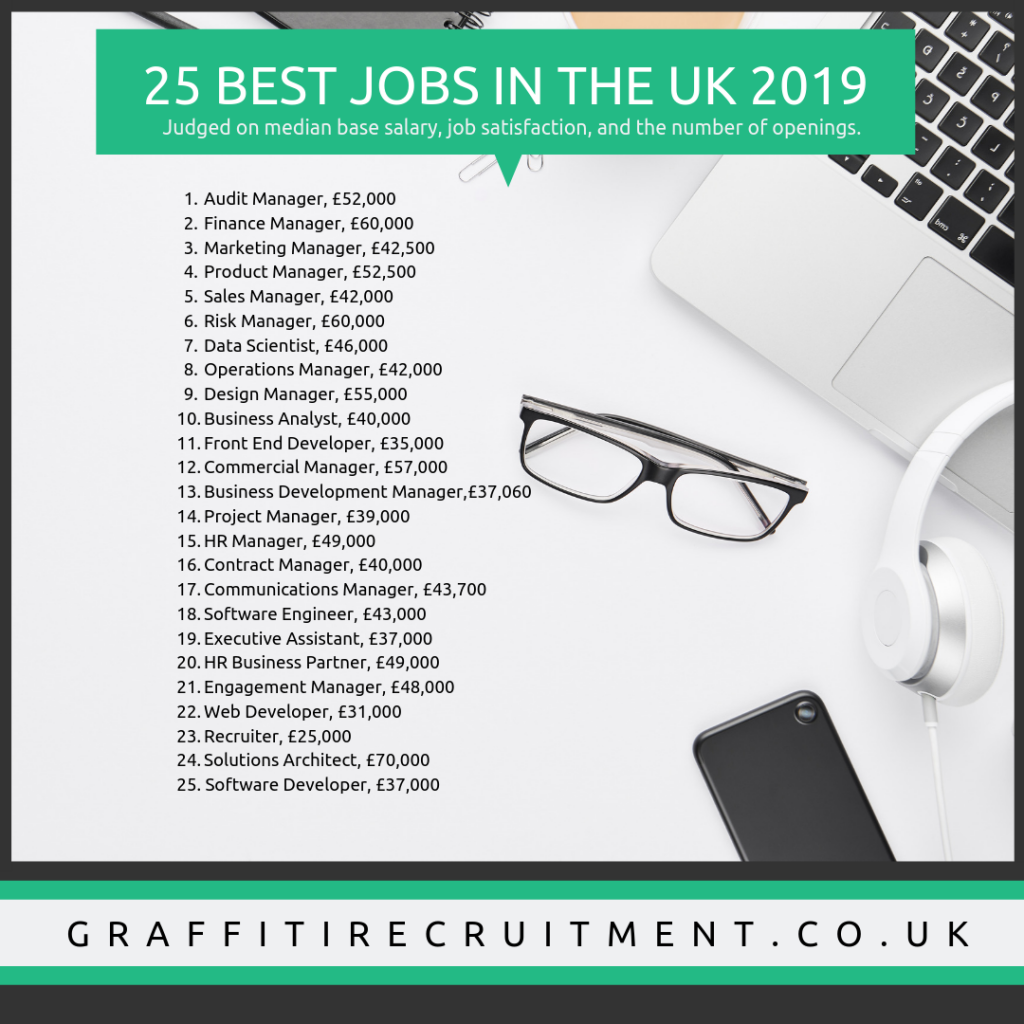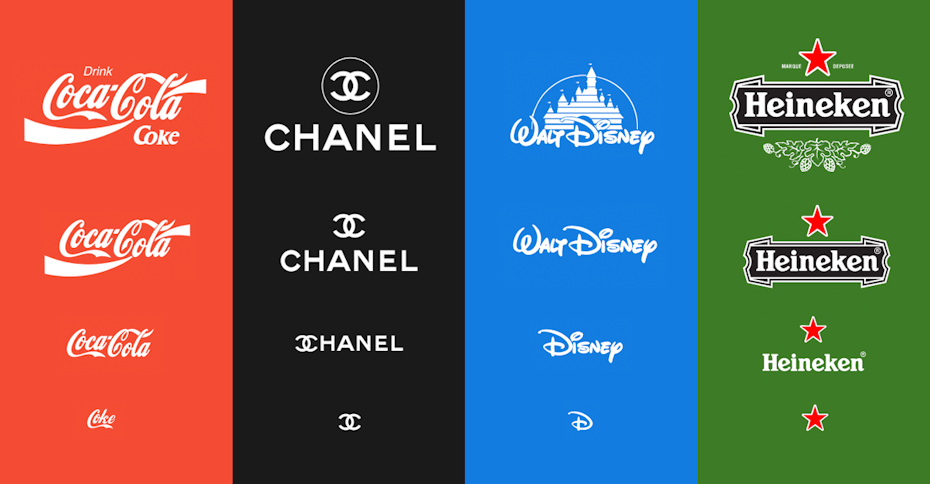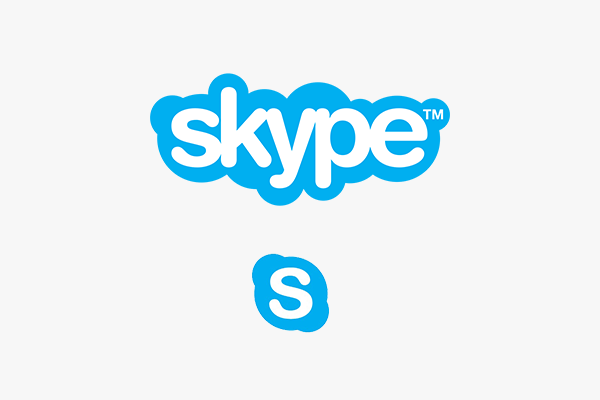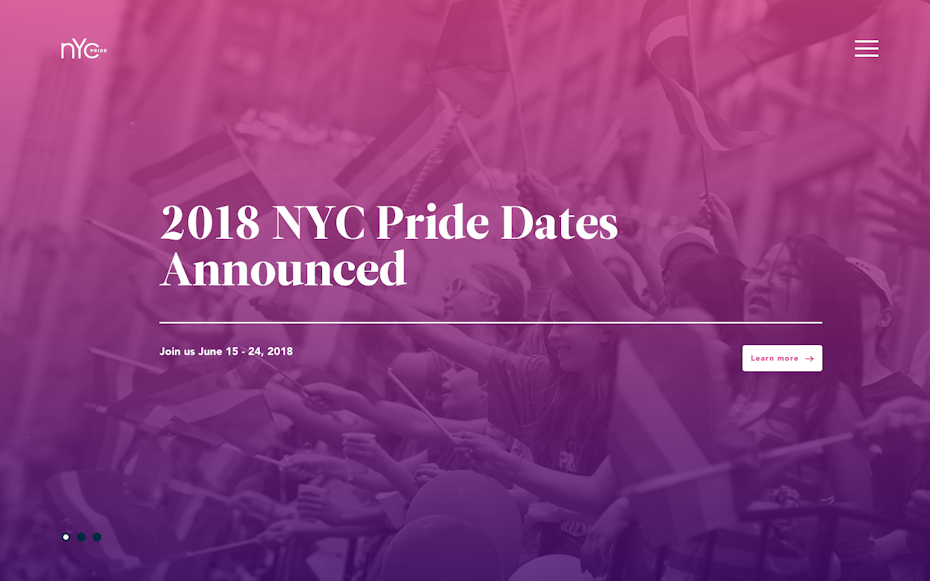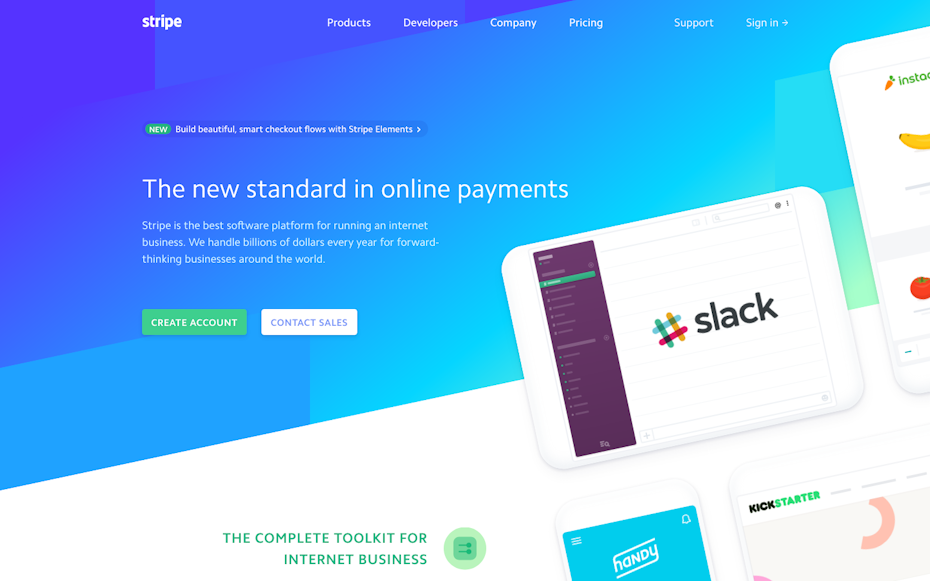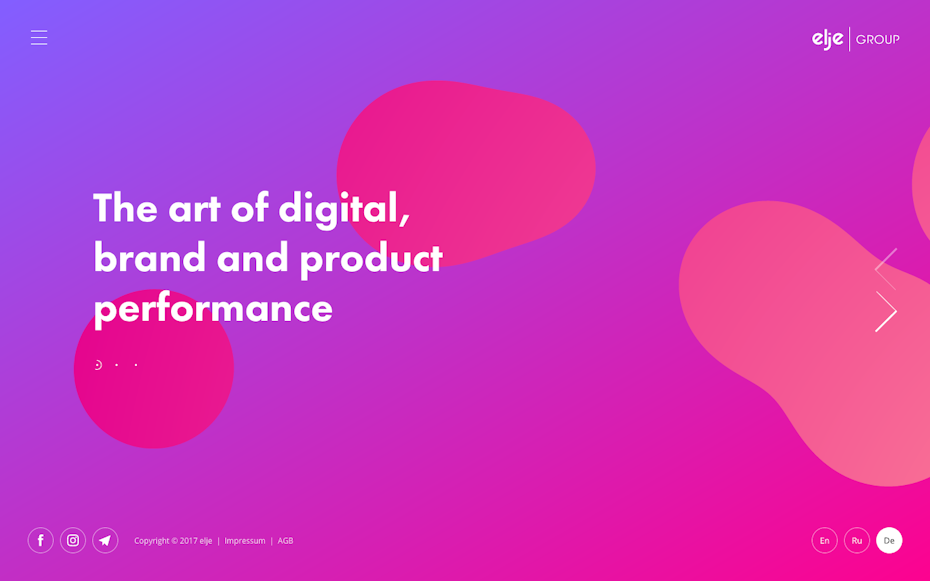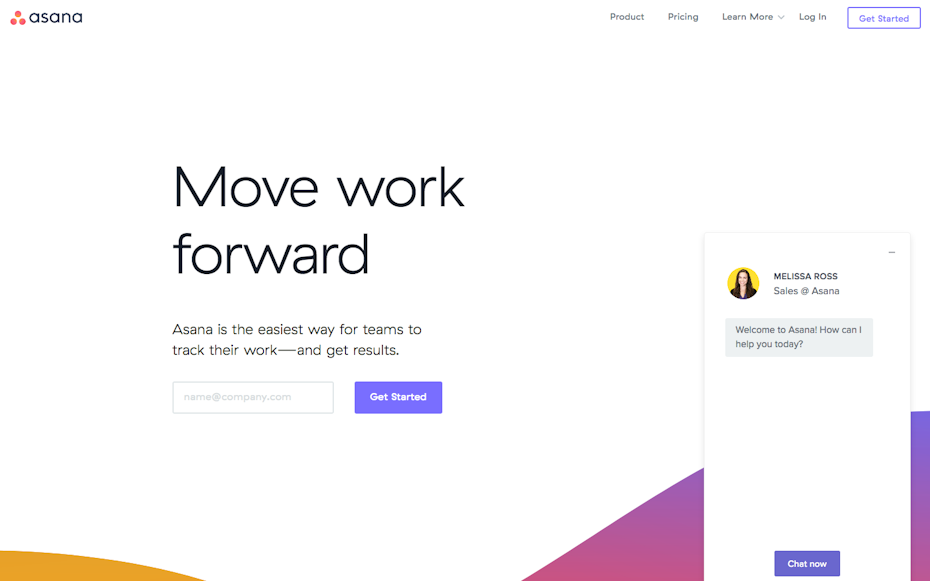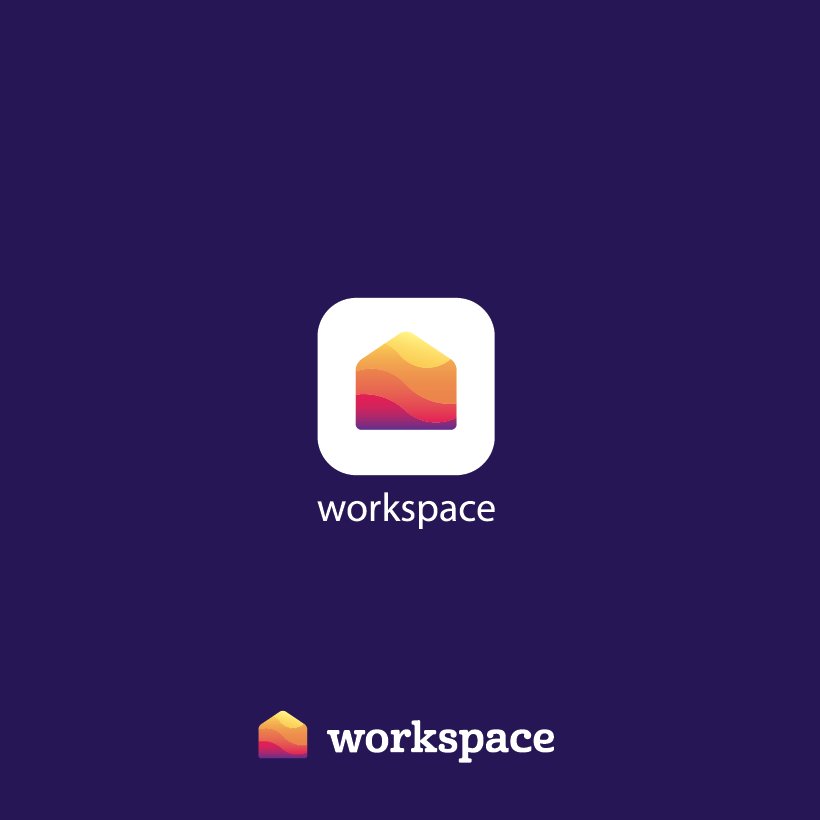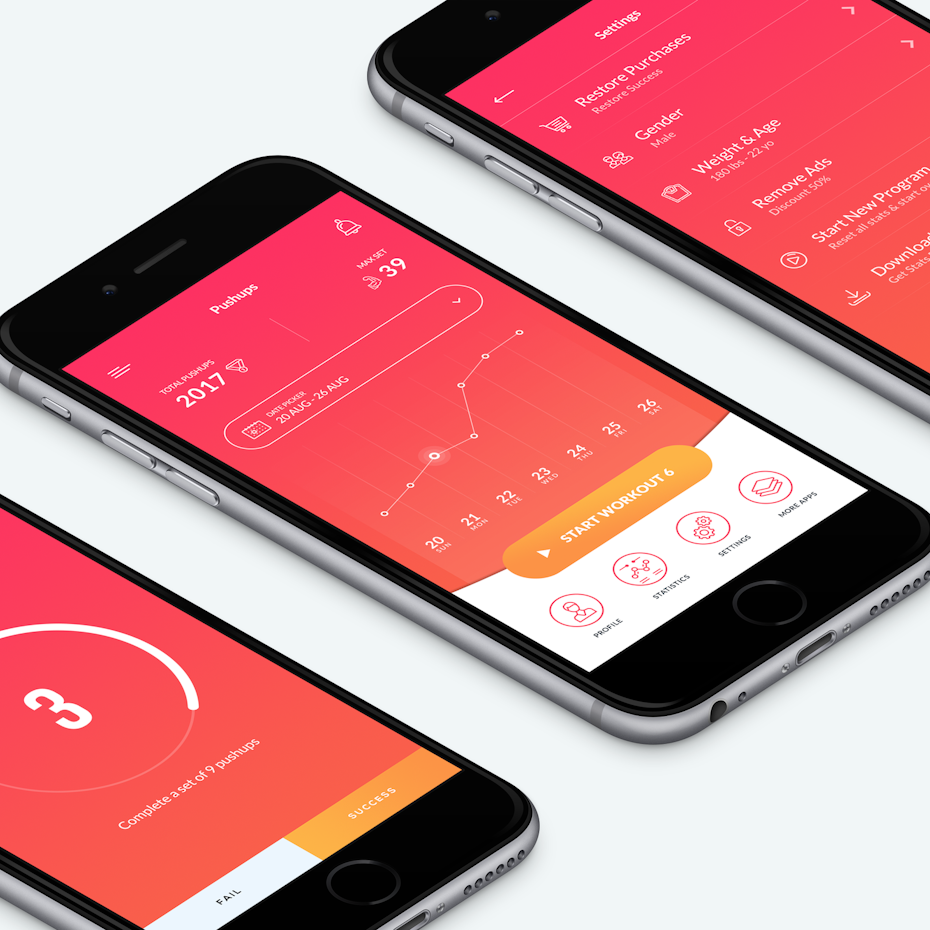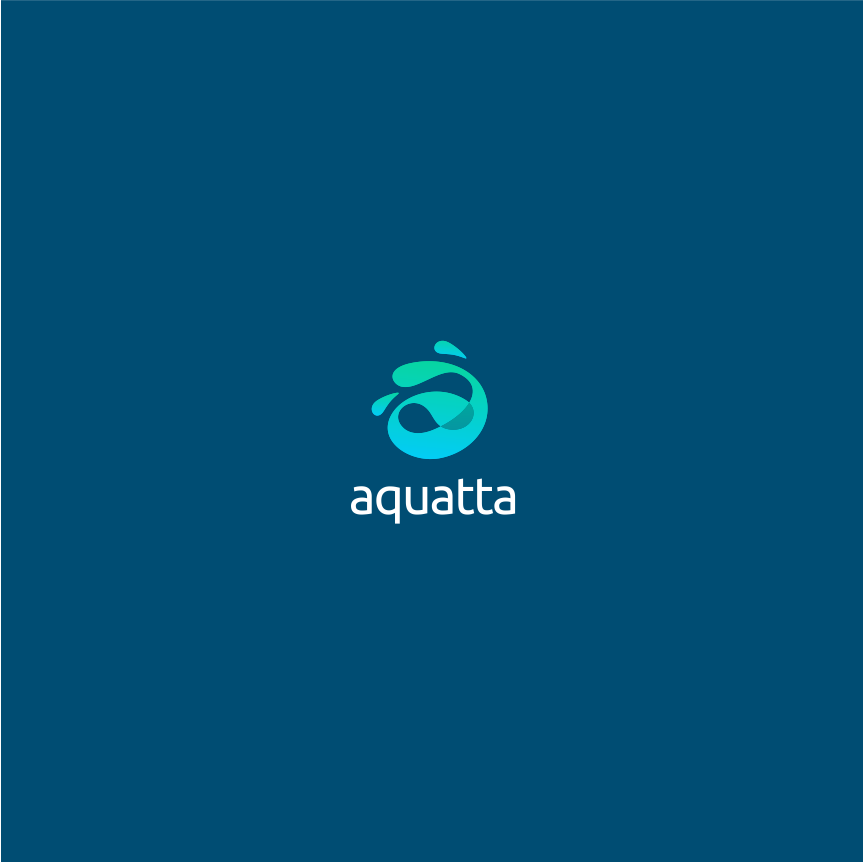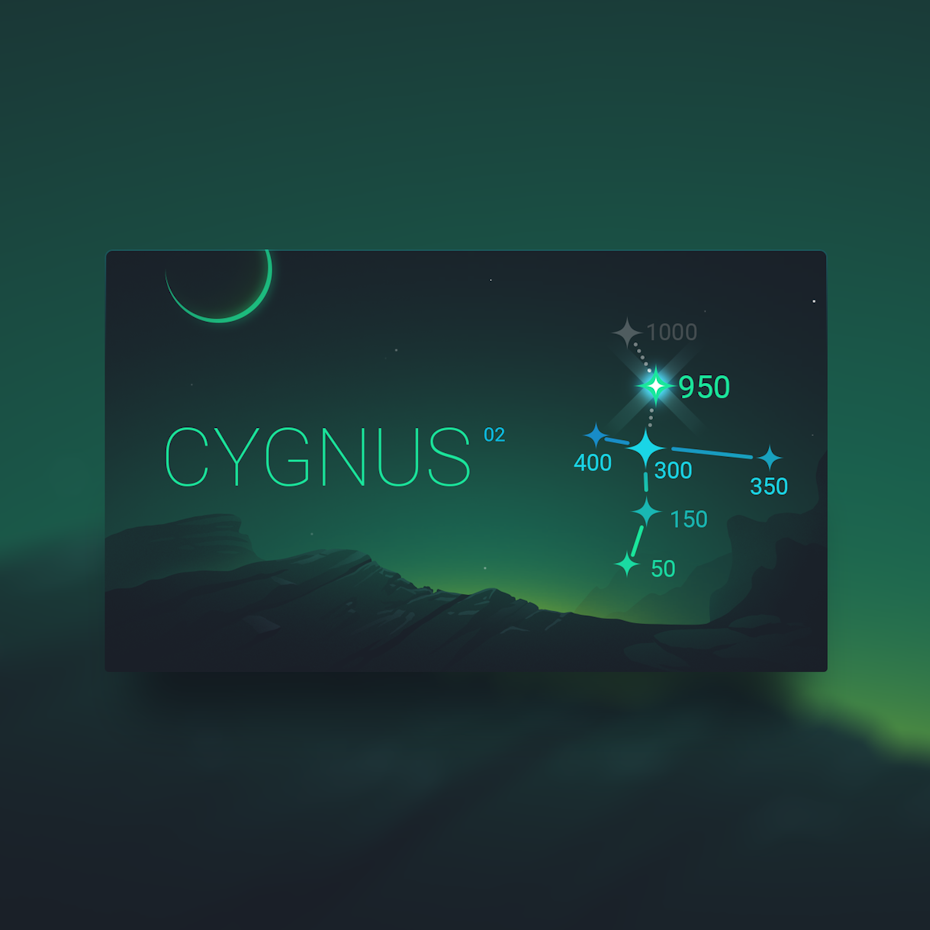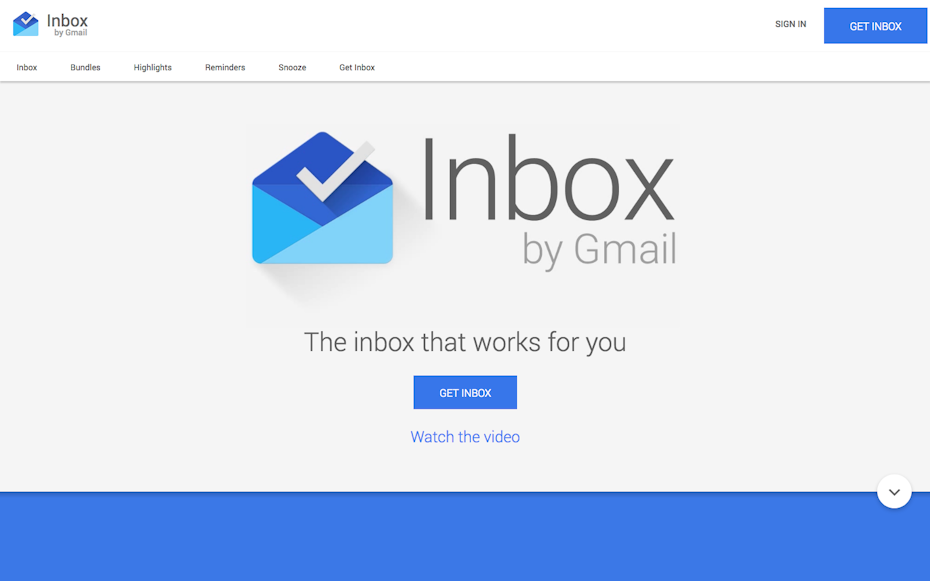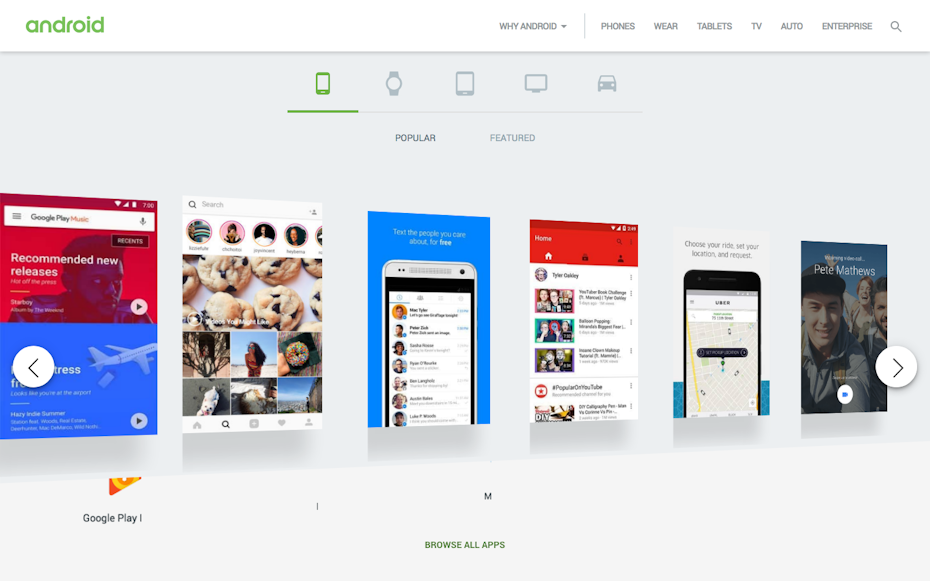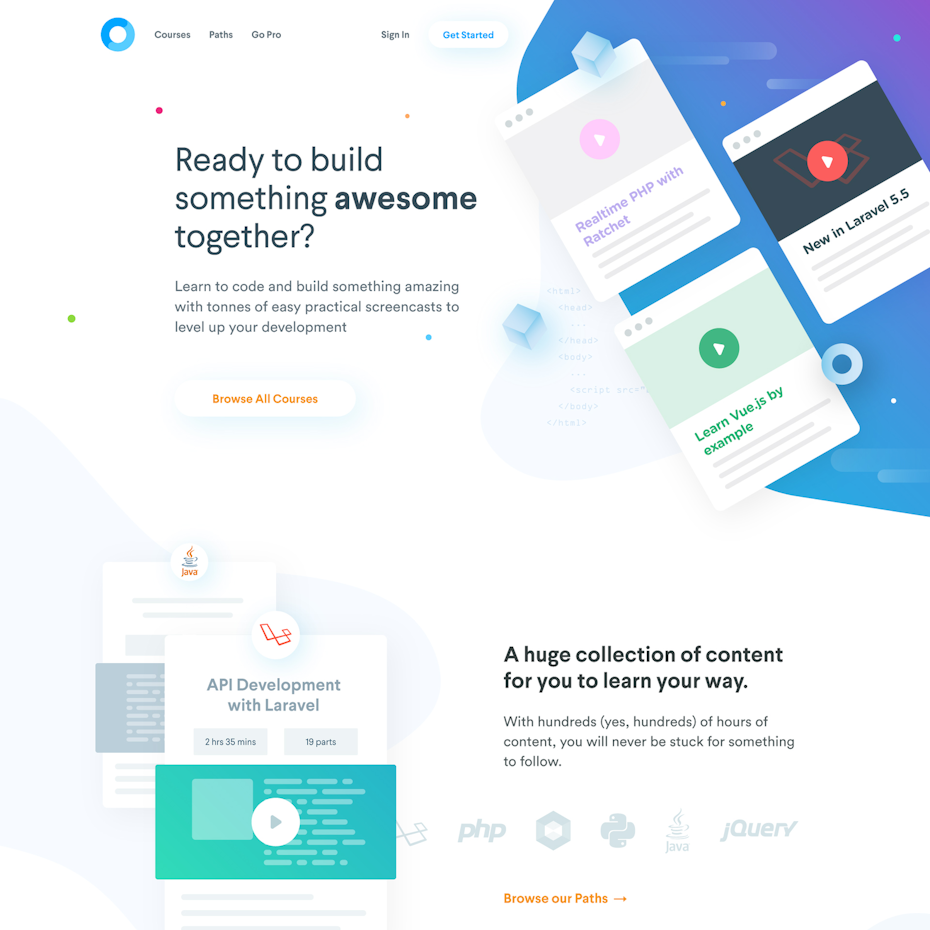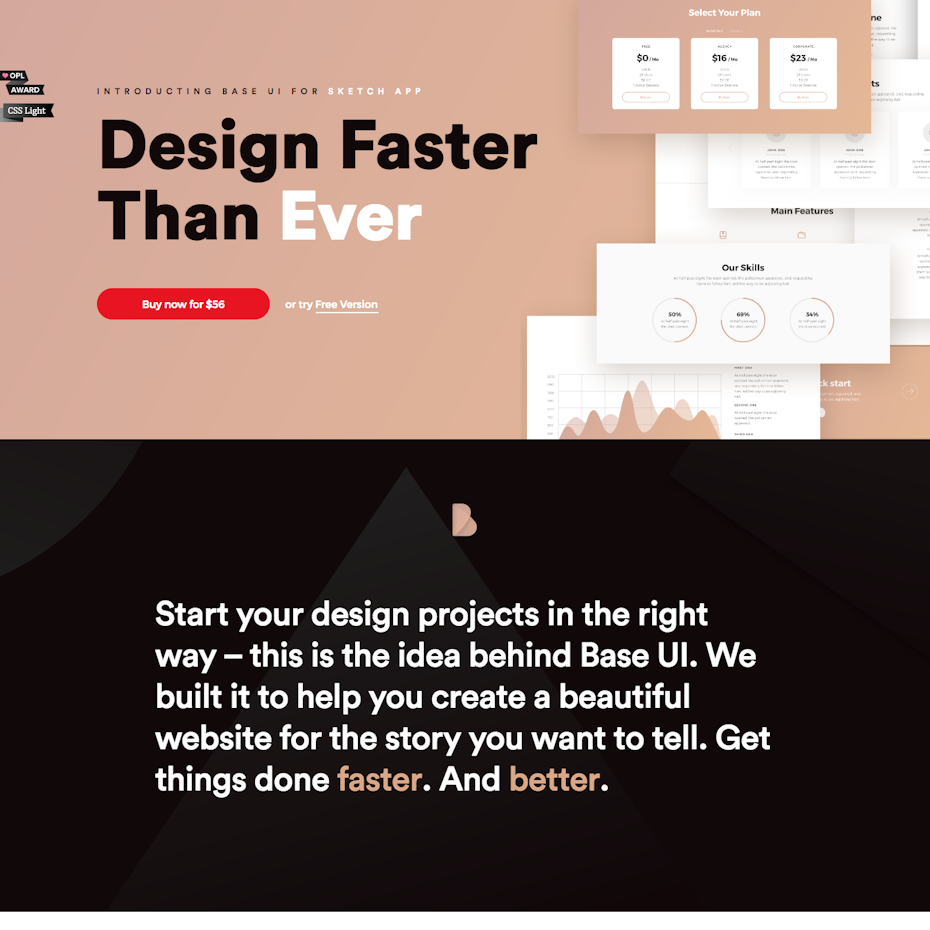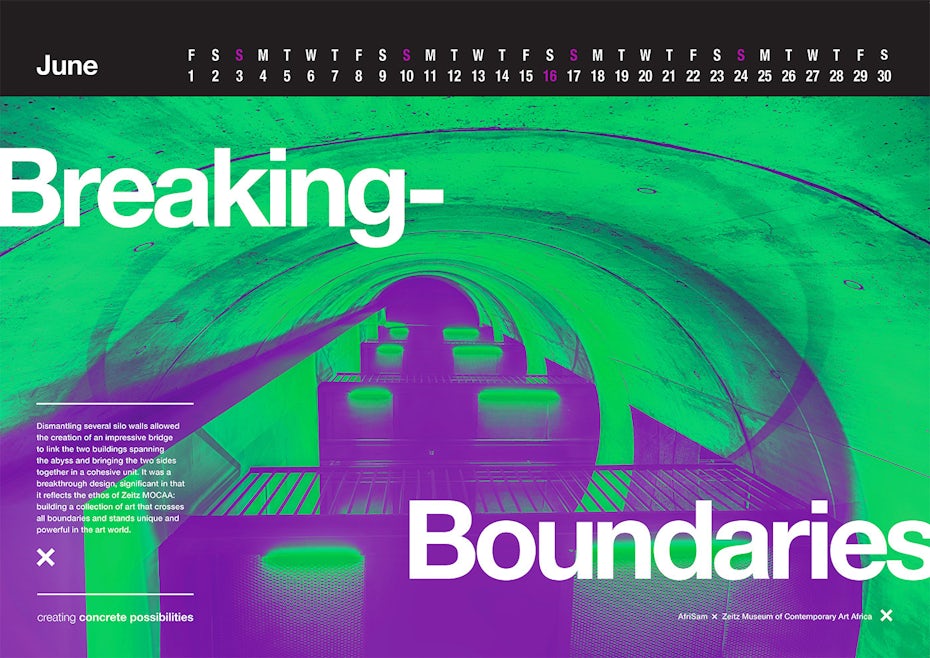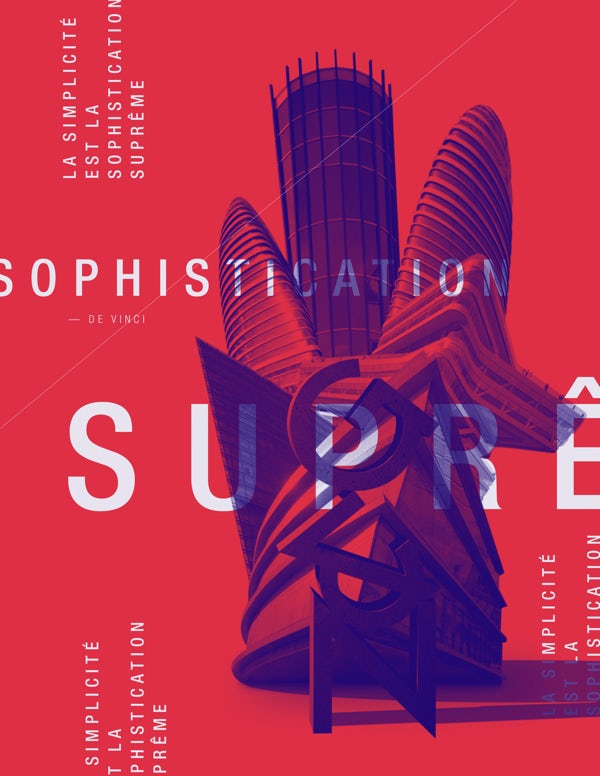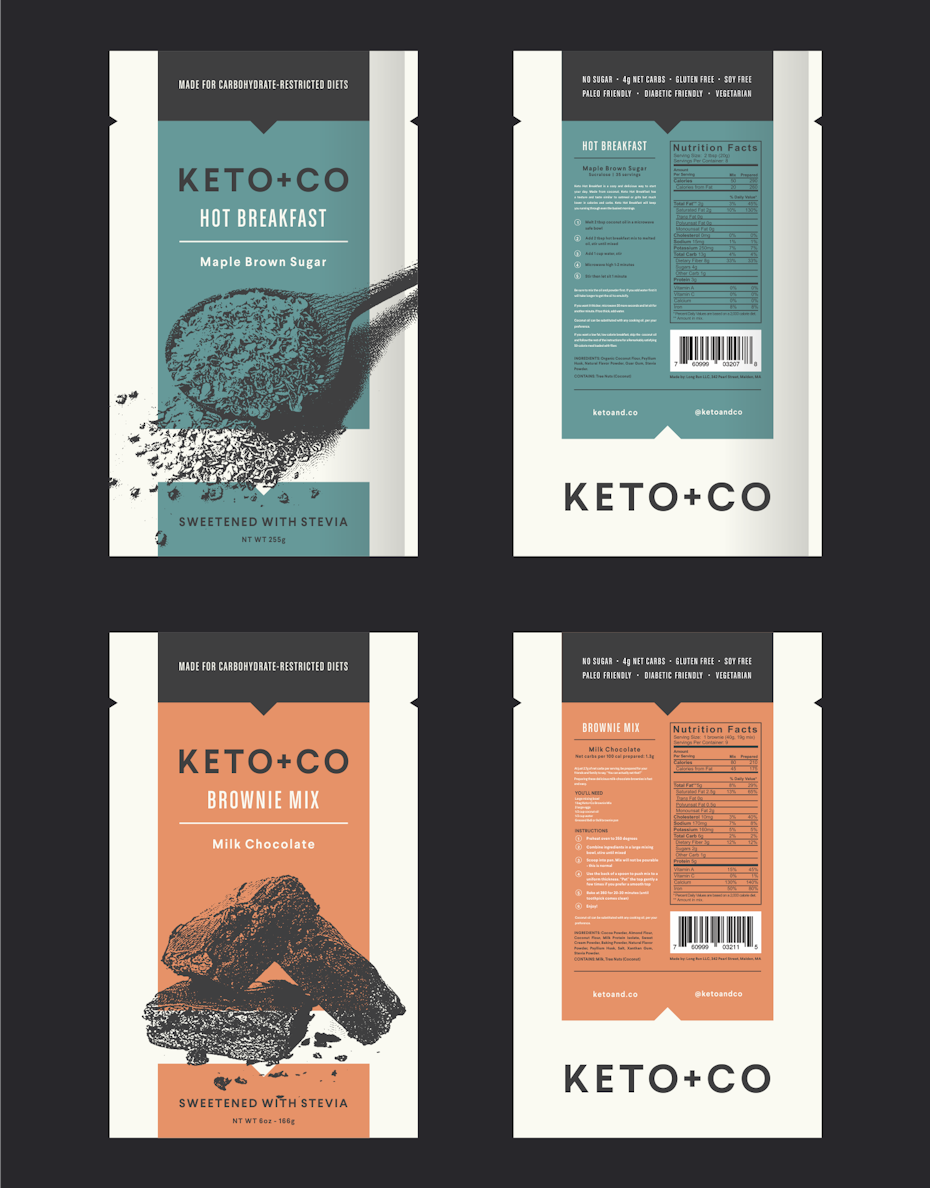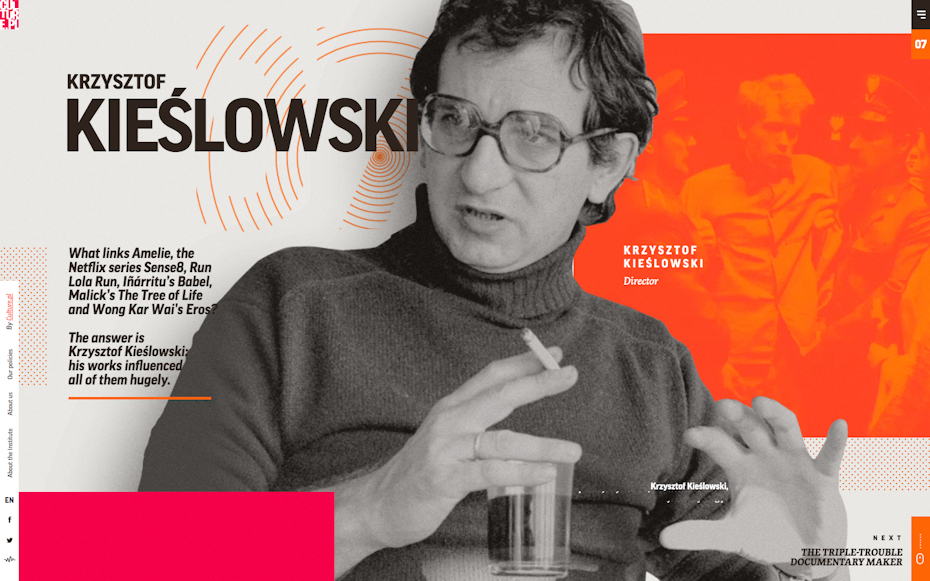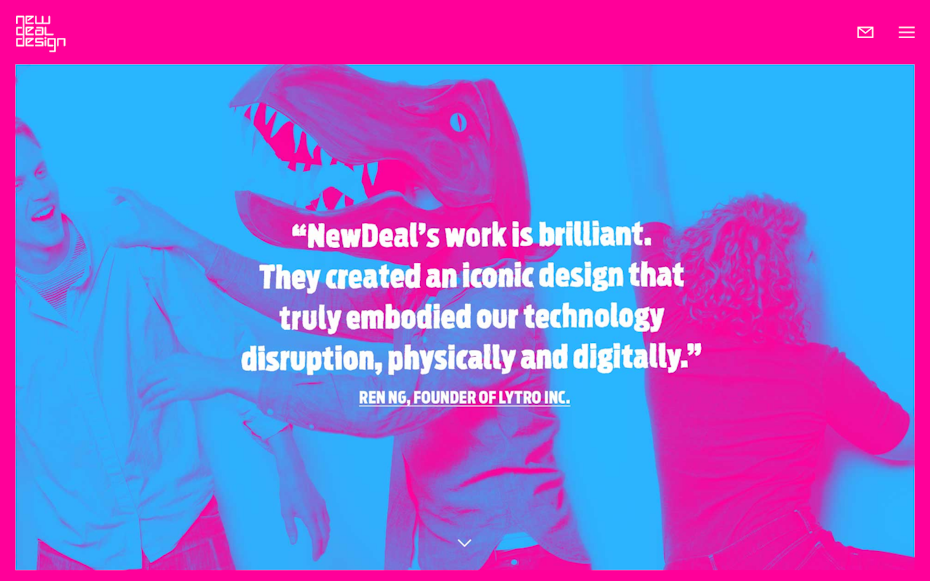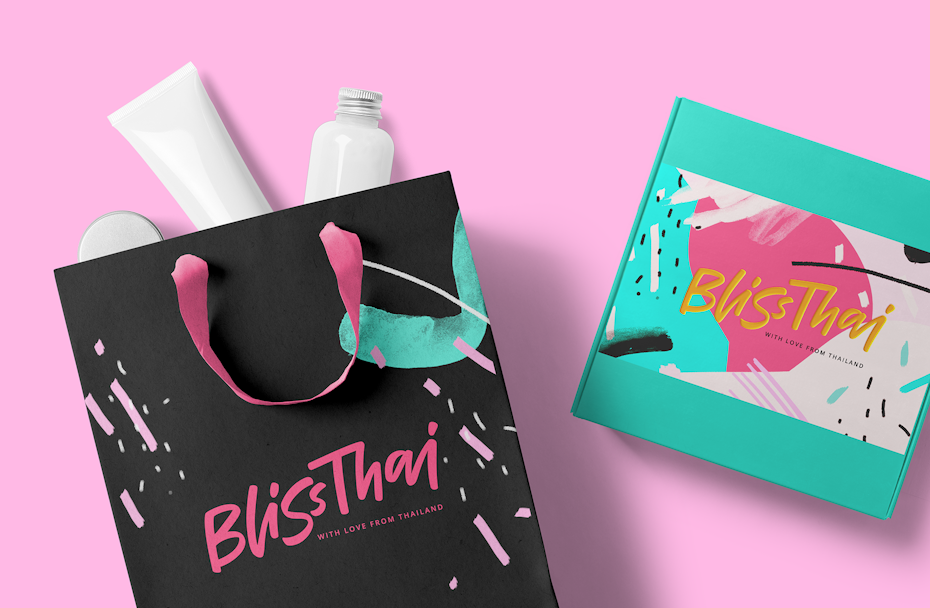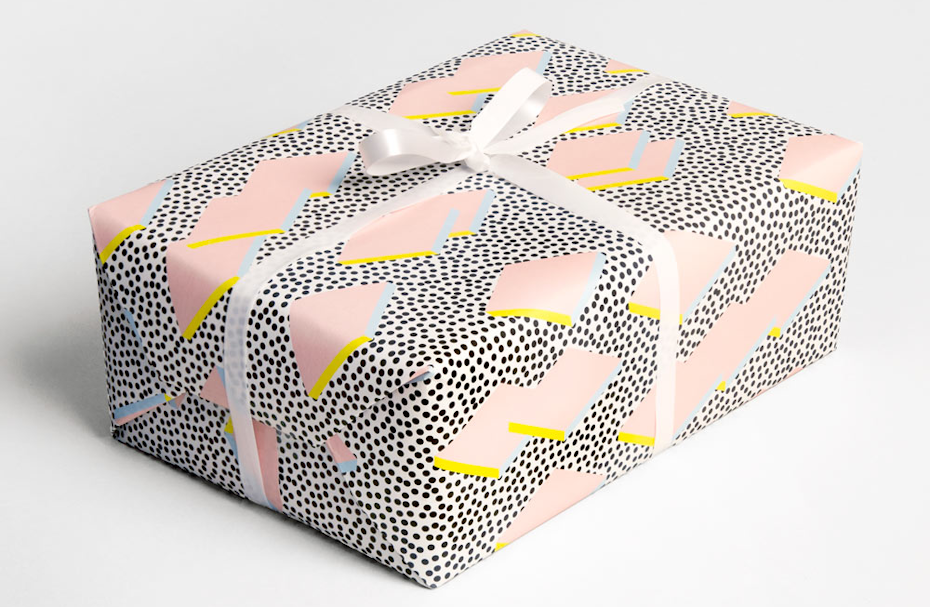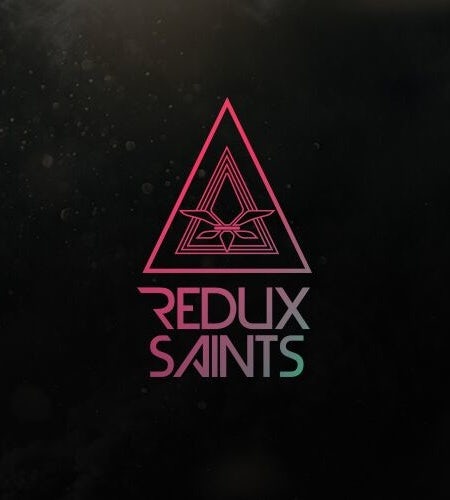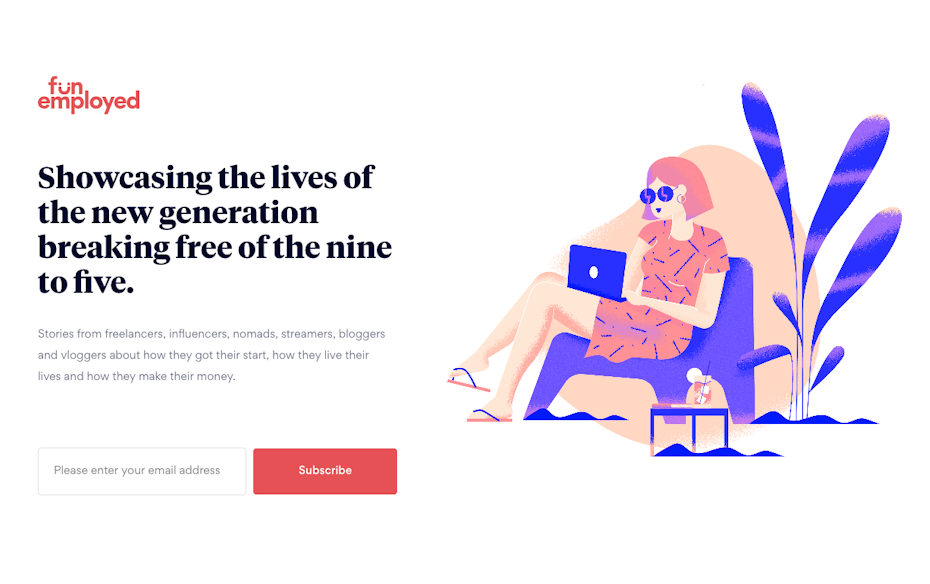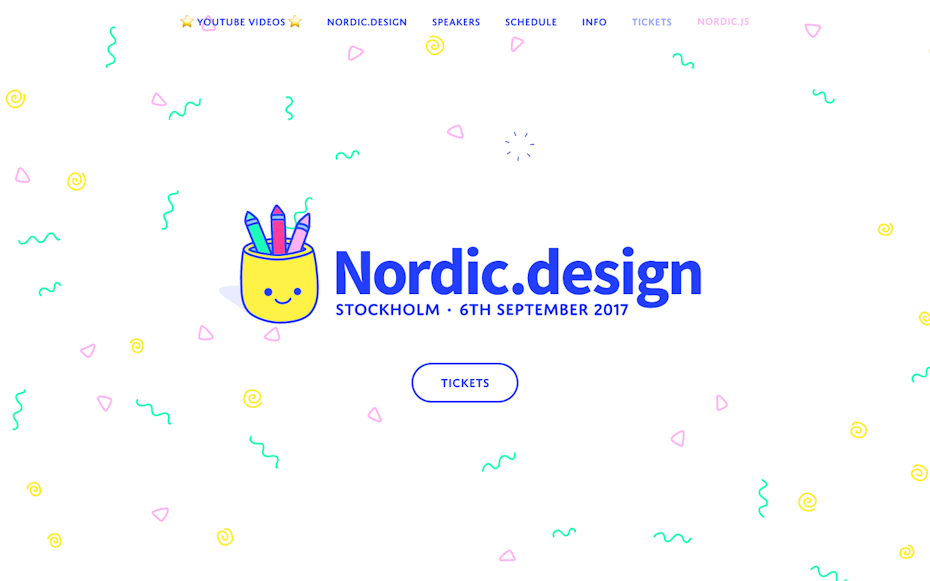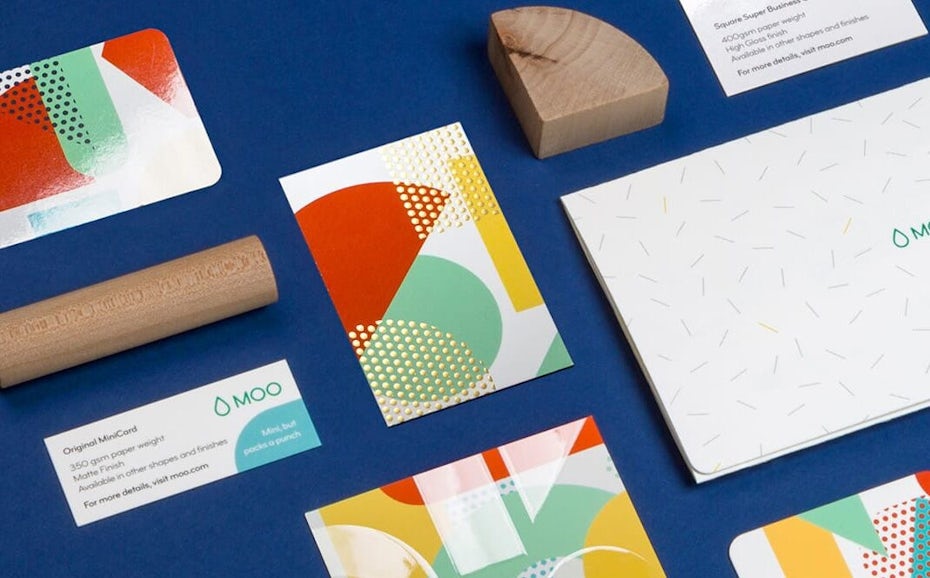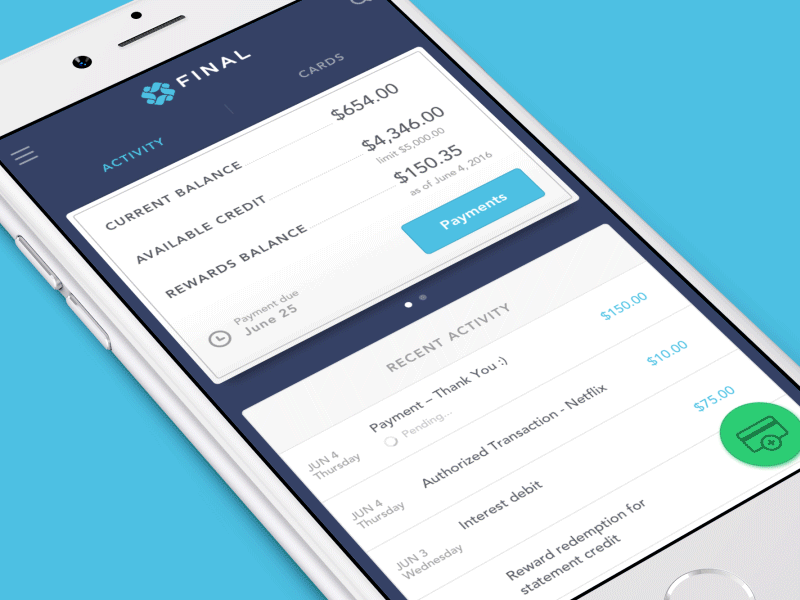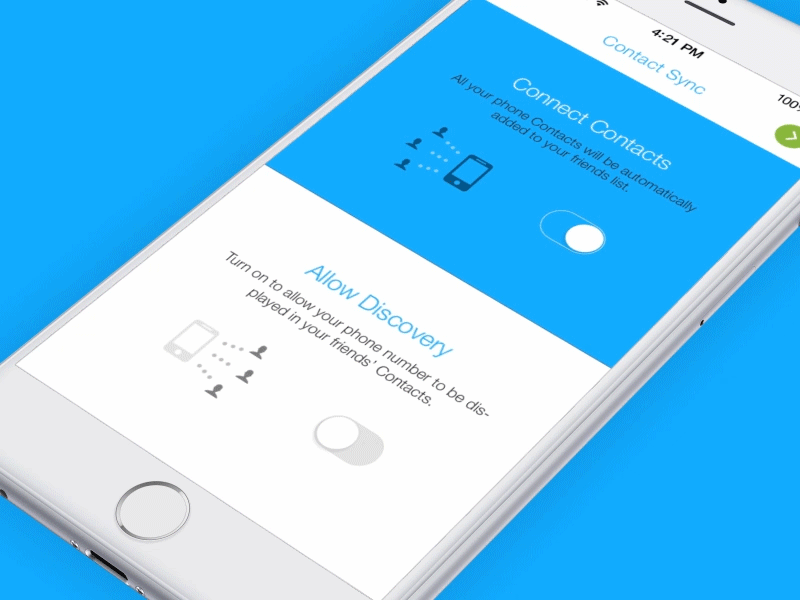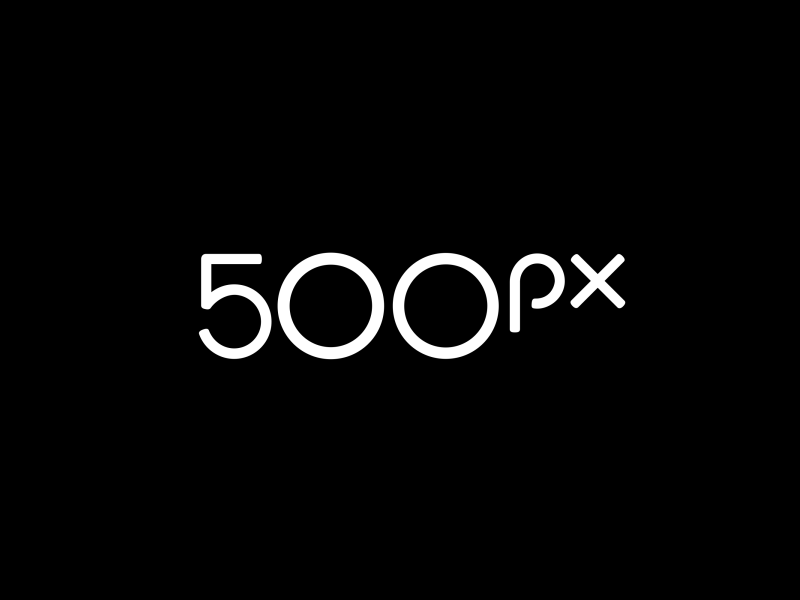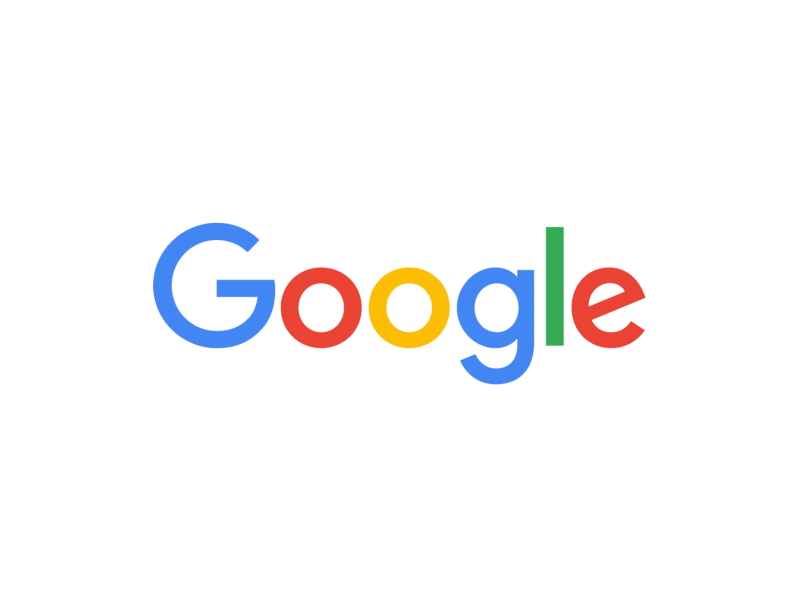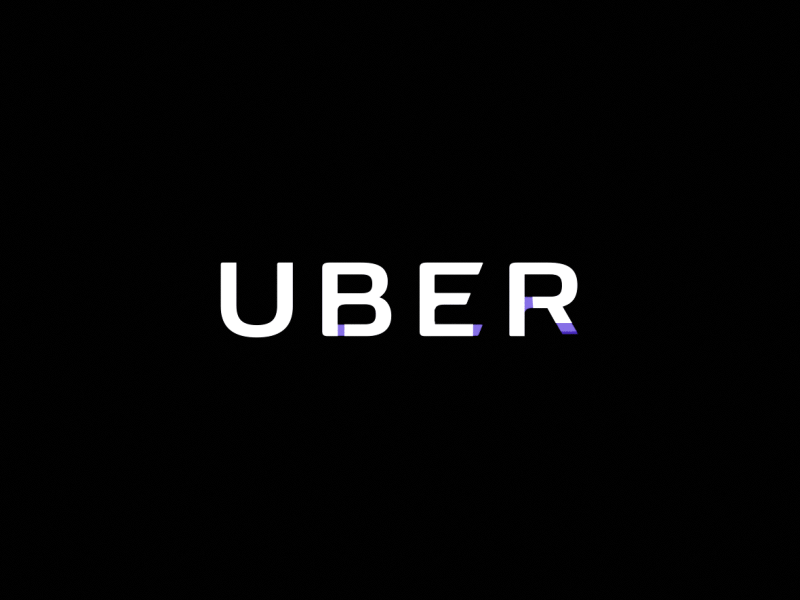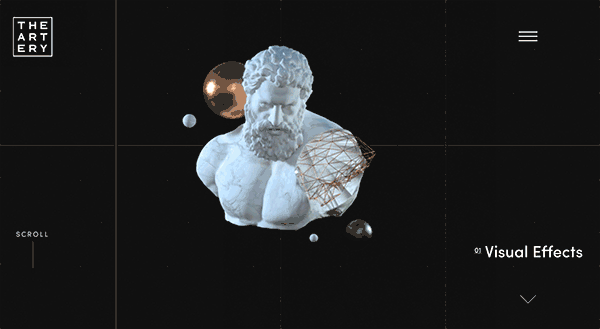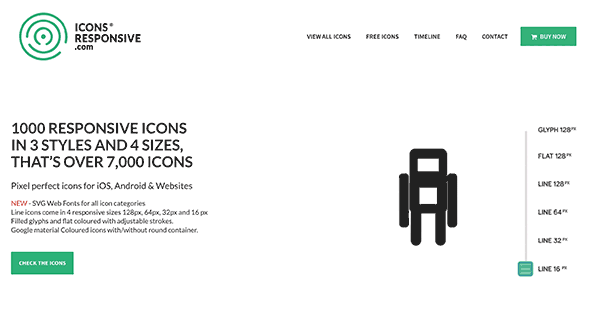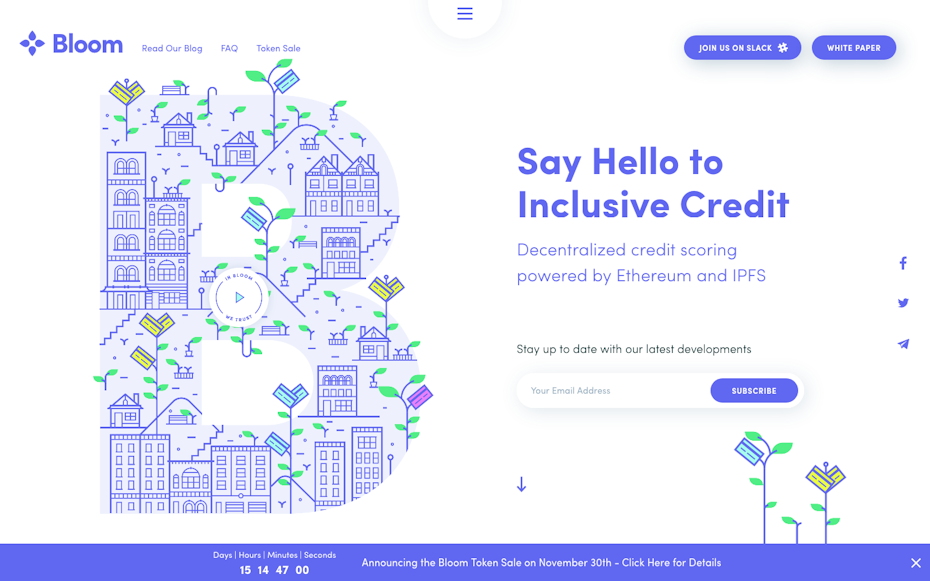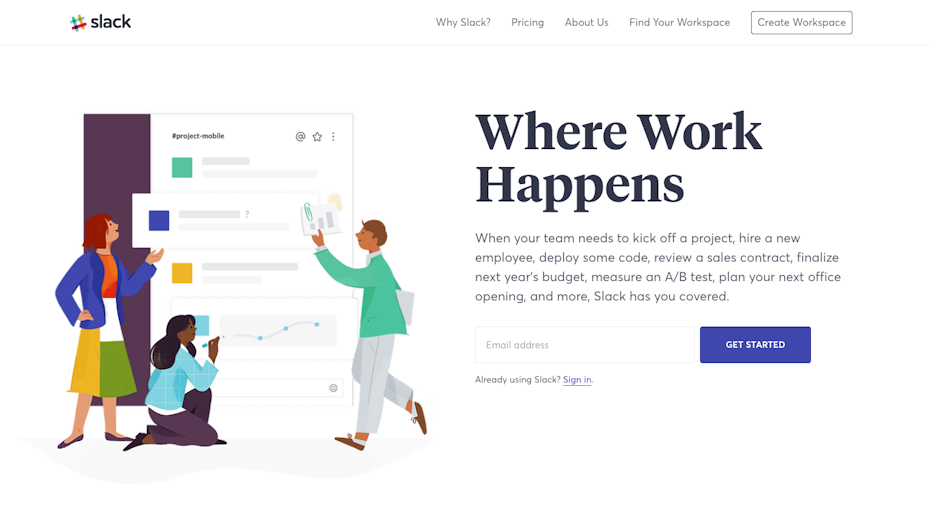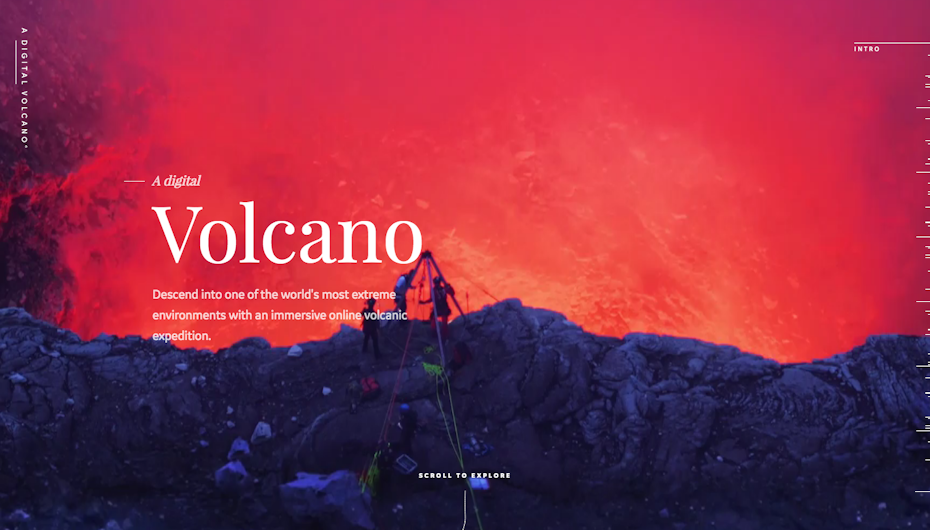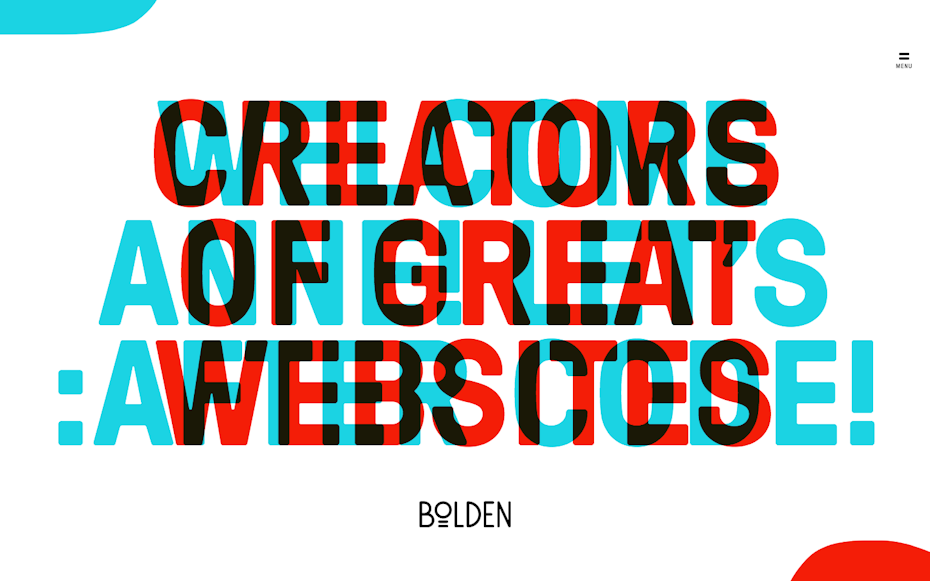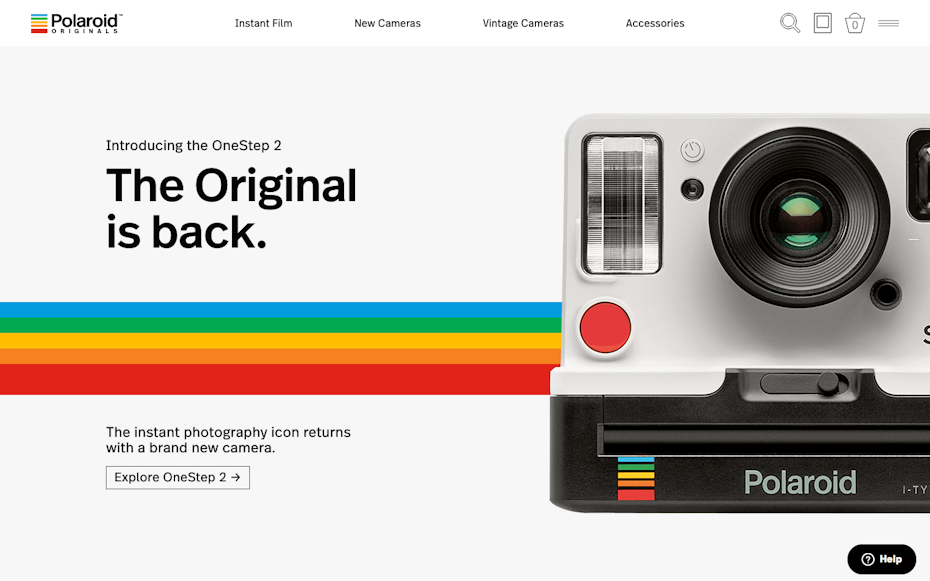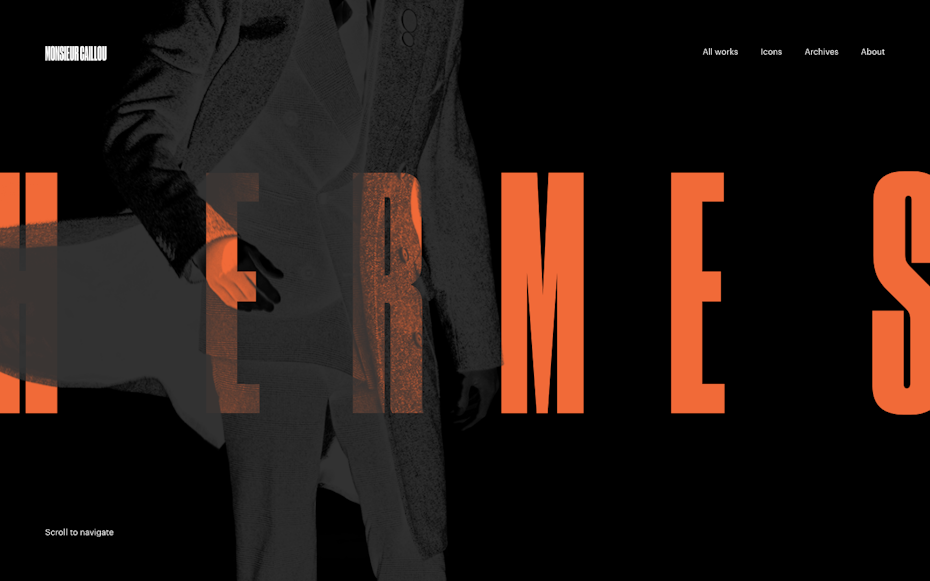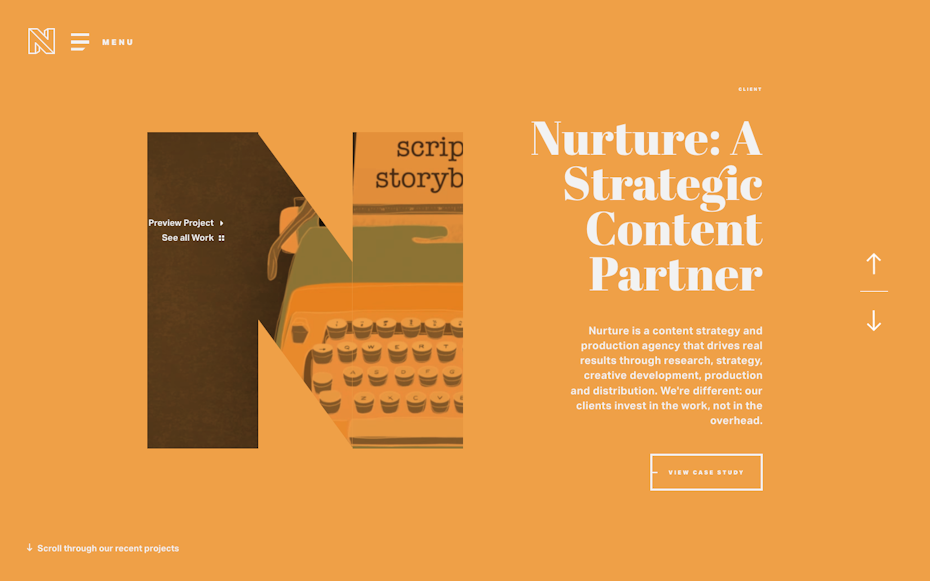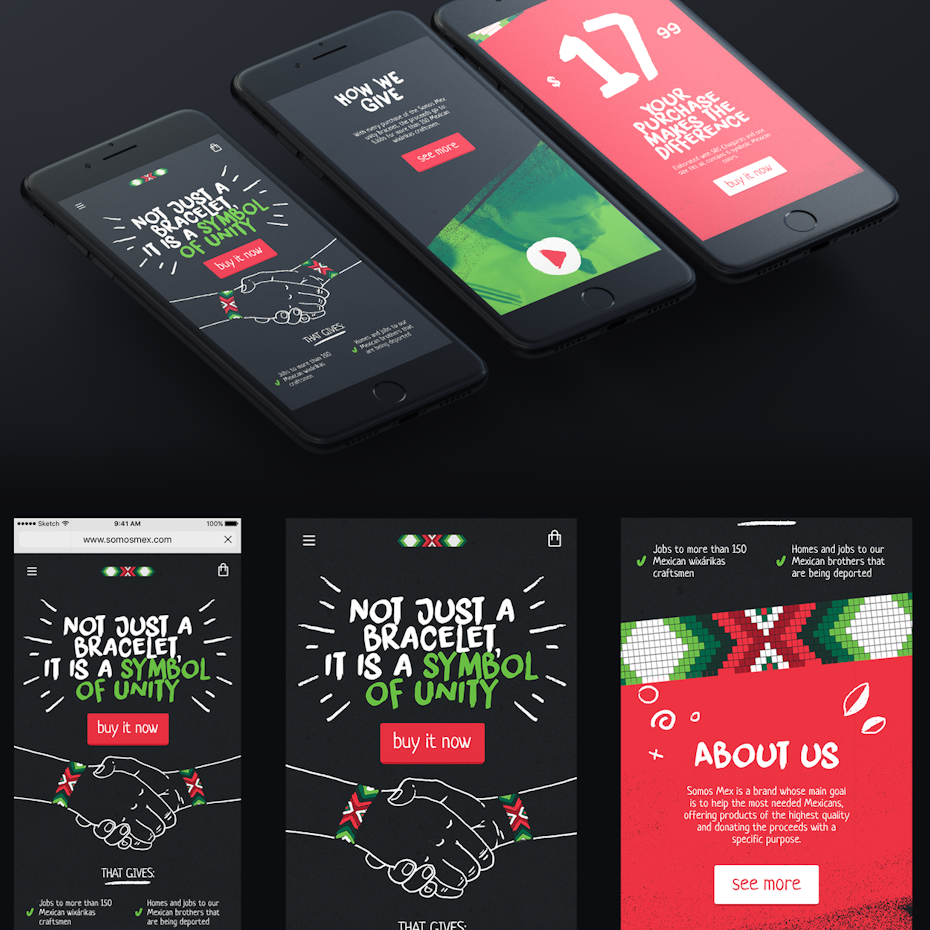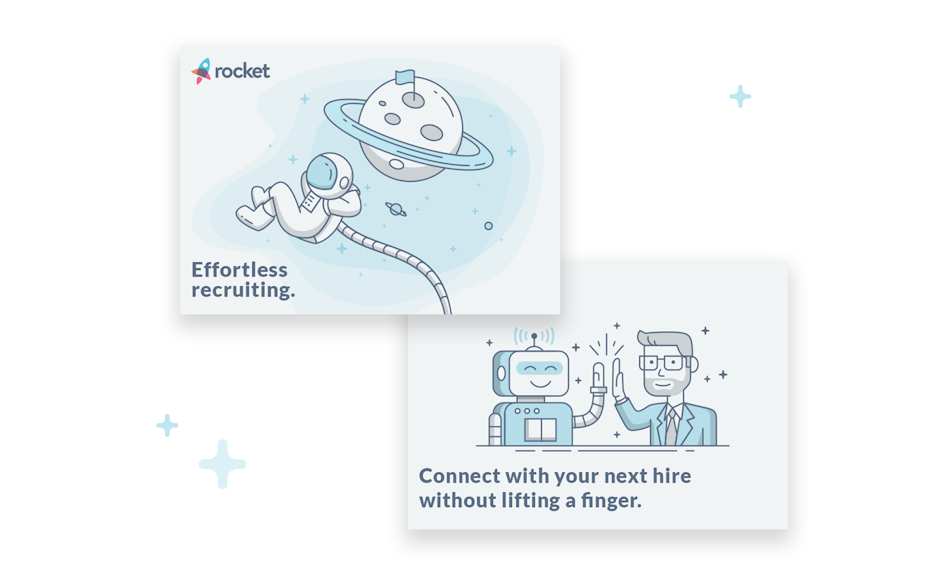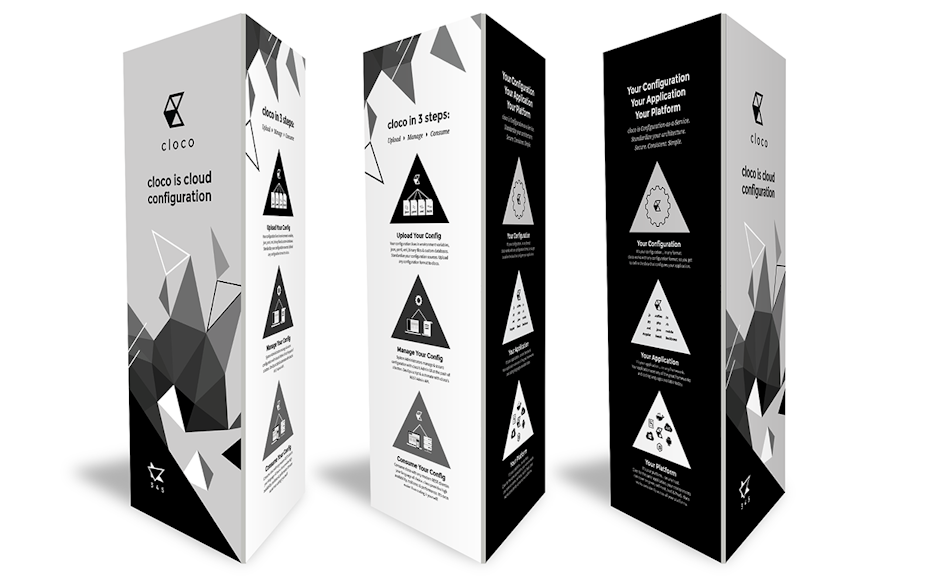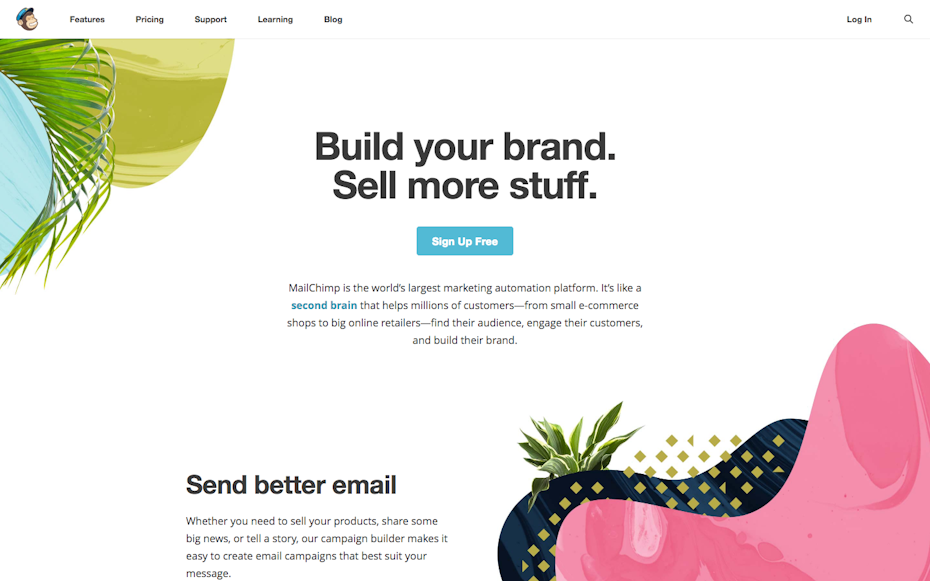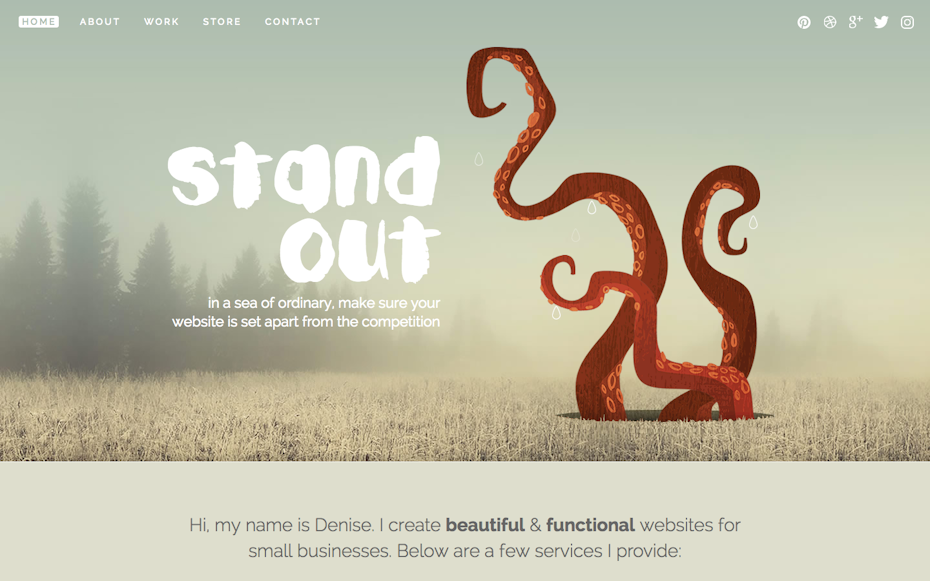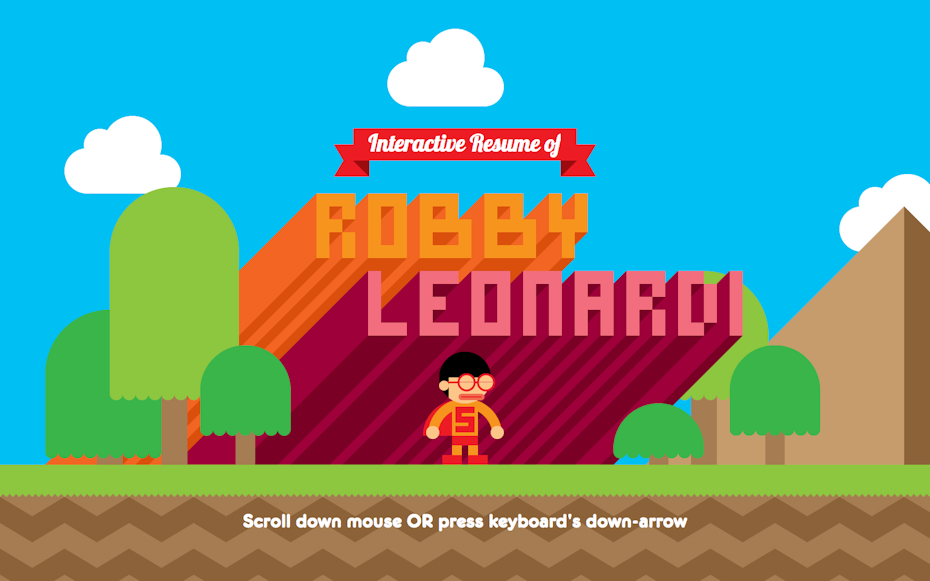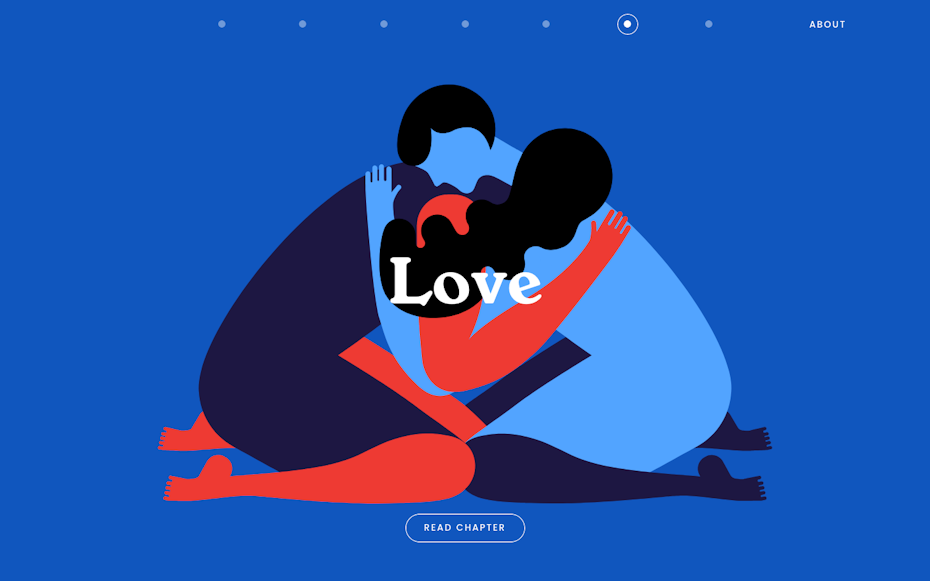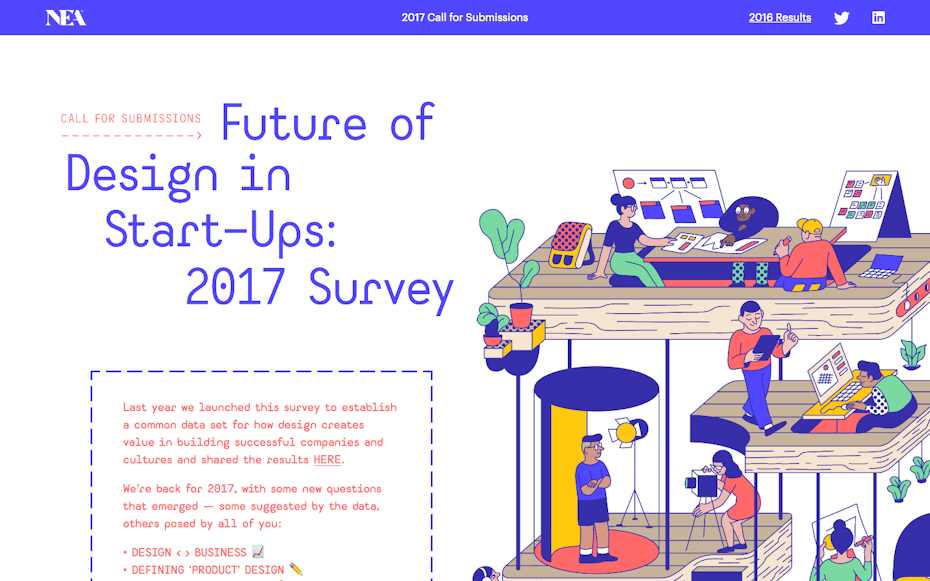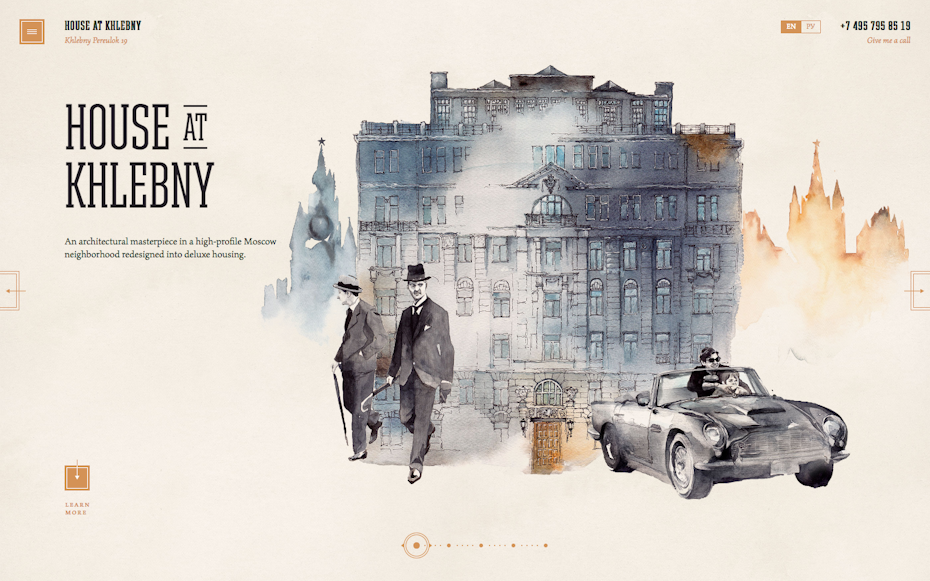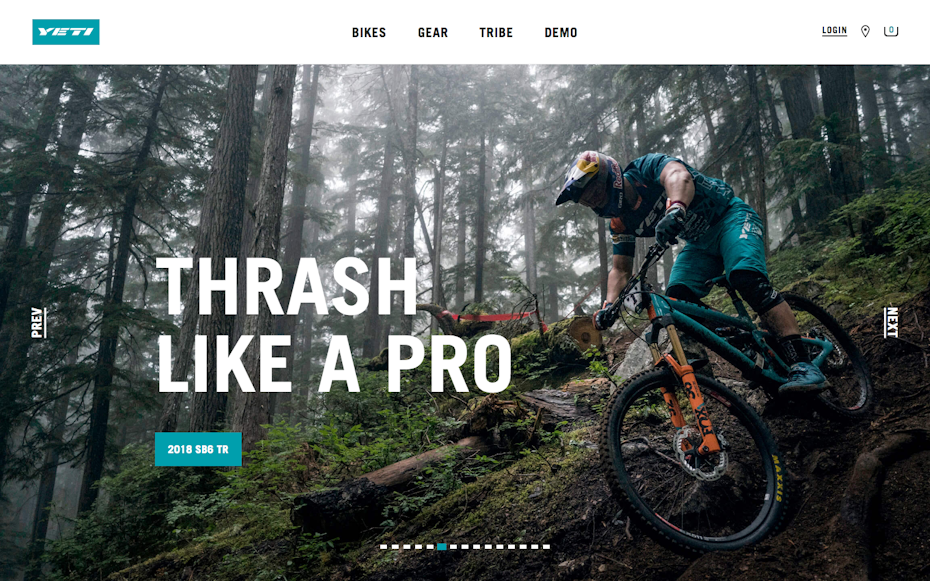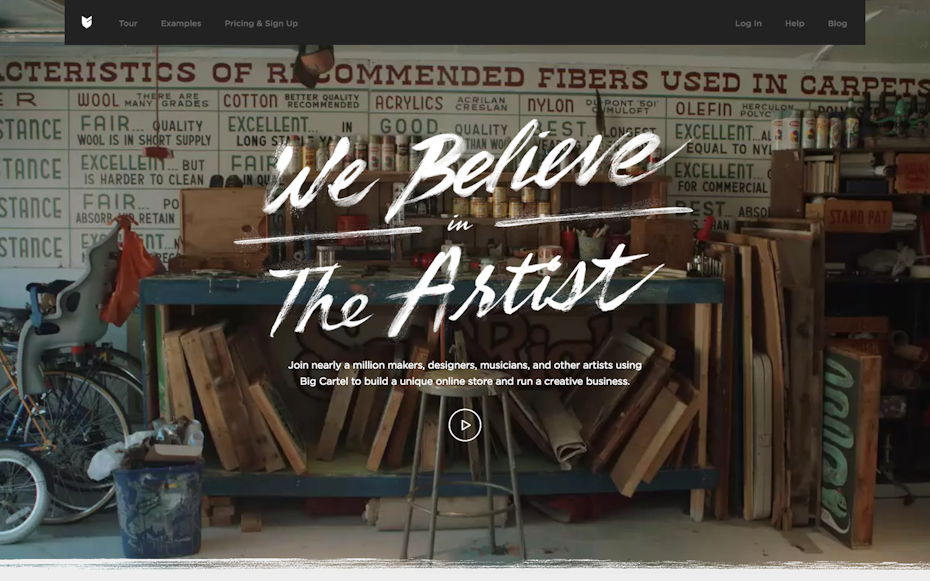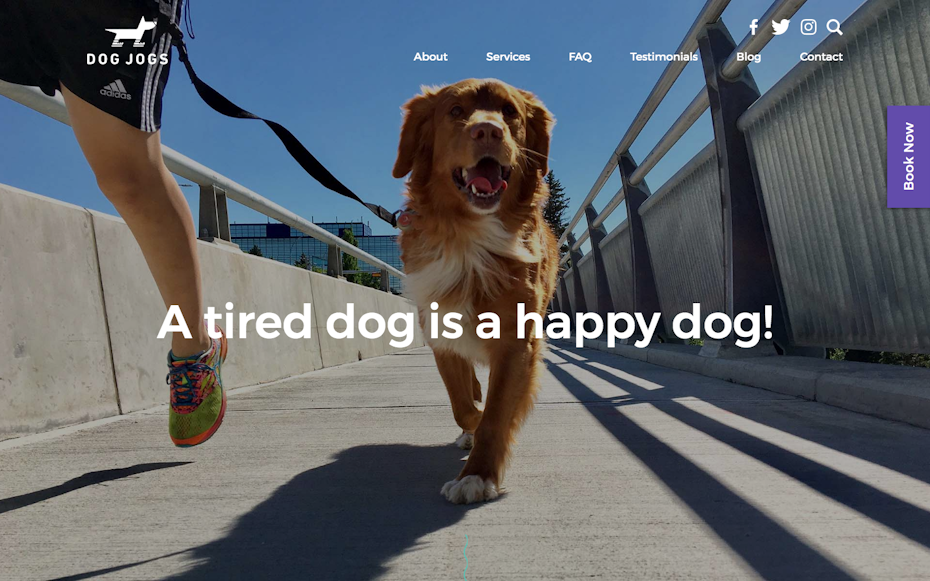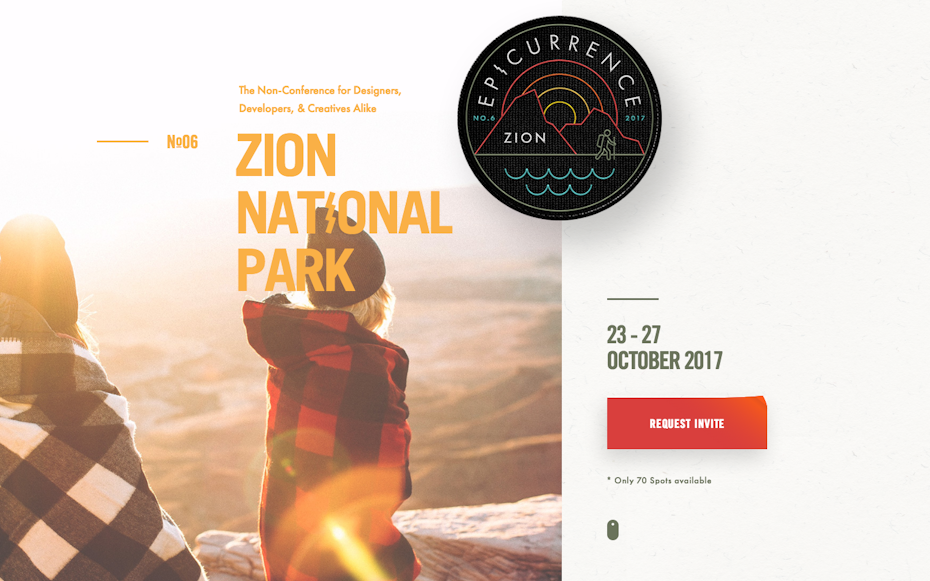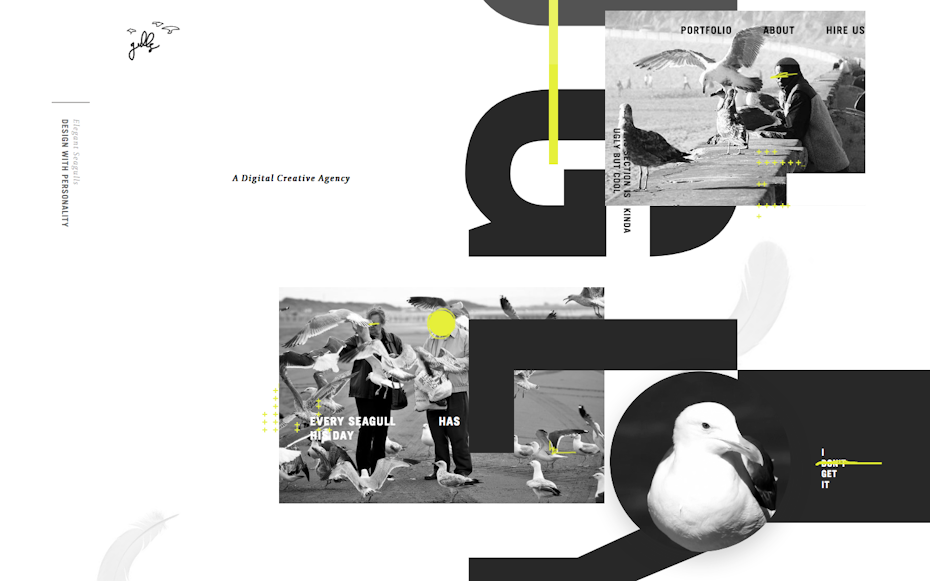Project managers are always in demand: No matter what the industry, qualified professionals are always needed to plan and provision the work. Of course, that’s just the high-level view of project management, which can be a complex and rewarding career. Why project management? If you’ve wondered whether becoming a project manager is right for you, hopefully we can help clarify why project management might be your best career move.
What Do Project Managers Do?
The basic principles of project management include planning, organising, securing, controlling, leading and managing resources and tasks to achieve specific business goals. Project managers determine strategies to kick off the project, evaluate and understand the project requirements, analyse and bring the required professionals on board, and monitor the progress of the work.
In addition, a project manager also:
· Sets the budget for the work
· Leads meetings to track the project’s progress
· Sets the schedule and time frame for the project and all sub projects
· Decides how the work will be completed
· Reports on progress to stakeholders
Juggling multiple projects, schedule, and tasks can be extremely difficult, but with training and experience, individuals can learn to handle this and more.
Scope of Project Management
Like many jobs, project management requires a person to have a variety of skills to be successful. In addition to keen organisational skills, project managers should also be effective problem solvers, and be clear communicators. For those who enjoy varied responsibilities, project management may be a good match.
Some other reasons to follow a career into project management include the following.
1. The demand for project managers is high. The Project Management Institute (PMI) expects 22 million new project management job openings through 2027.
2. Project managers are needed in a wide variety of industries. Although quite common in the IT field, project-oriented work is also common in the business service, oil and gas, finance and insurance, manufacturing, construction and utility industries—all over the world.
3. Salaries for project managers are competitive. An Entry-level project manager salary can range from £25,000+.
4. Working with project teams and clients can add a lot of variety and creative challenges to the job.
5. Project managers are always learning. They must regularly refresh their knowledge of processes and structures, new markets, technology, products and services, and customers.
Are you currently working as an Account Executive, Project Co-Coordinator or similar, and are ready to take the next step in your career as a Project Manager? Contact one of our Recruitment Experts for some free confidential advice and support. You can also check out some of our Project Management jobs here now.
